(May 13, 2022) Nasar Thootha, a taxi driver from Thootha village in Perimantthalmanna in Malappuram district, Kerala, has been running a wedding dress bank since the last two years to help underprivileged girls experience dream weddings. The philanthropist, who formerly worked in a supermarket in Saudi Arabia, has helped more than 350 brides and families from Kerala, Tamil Nadu, Karnataka, and Andhra Pradesh with wedding dresses that the poor families cannot even dream to afford. “Women from affluent backgrounds use their wedding dress for a few hours on their wedding day and never touch it again. I was able to convince many of them to donate their dresses as they could make such a difference to the weddings of the poor,” Nasar tells Global Indian. His brother, Shanu Thootha, acts as interpreter. “We have even provided a dress to an underprivileged bride from UP,” Nasar adds.

The calling came ten years ago when Nasar met a woman who was struggling to put money together for a wedding dress for her daughter. Most were out of her price range. Nasar, who is no stranger to philanthropy, was moved by her plight and arranged the money for the woman to buy her daughter the dress she wanted.
Building the bank
When he started out, well-wishers donated their wedding clothes as he built his ‘dress bank’ at home. Word spread quickly and the media came calling. News of the ‘Nasar Thootha Dress Bank’ travelled across the state and outside it as well. The dress bank now has close to a thousand dresses with a price range of ₹5000 to ₹40,000. Several donations have been made by women living not only in India, but also in the USA and the Gulf countries.
As the size of his bank grew, Nasar’s house was soon too small to hold them all and he rented a place nearby. Now, would-be brides have a wide selection of dresses to choose from, as well as a variety of styles suited to customs of all religions.
“Picking up dresses from nearby places is not an issue as I do that while I drive my taxi. Many dresses are couriered as well,” says he adding that “those who want to collect the attire come to my dress bank and choose. Though we do not tell them to return the clothes, some do so after the use.” The philanthropist has been touching lives of not only people who are getting married but the entire family, given that weddings are a family affair in which the happiness is shared by all.
Talking about the plight of a family, he says, “I was moved to tears when a visually-impaired girl visited the dress bank for her sister’s wedding. The financial condition of the family filled me with sadness.” He is happy that the local government has showered him with moral support and encouragement for his initiatives.
Caring for all…
Growing up in Thootha with six brothers and a sister, Nasar would see his mother go out of her way to lend a helping hand to those in need. His sister, who was struck by polio, is differently-abled and struggles to move or sit. Living under the same roof with her has opened Nasar’s eyes to the suffering of others and motivates him to stand by them.
This spirit of generosity spills over – Nasar always feels a tug when he sees the homeless and the hungry, wandering around in the shabby tatters, not having cleaned themselves for months. He helps them with a complete makeover, ensuring that they are bathed, provided clean clothes and given a meal. His friends and family are supportive and help in any way they can.
During the pandemic, he converted his taxi – SUV Tavera into an ambulance helping people around to reach to health centres for immediate intervention. On the second anniversary of the dress bank, he laid the foundation for his latest project, Sukritam, to provide facilities like wheelchairs, airbeds, walking sticks and oxygen cylinders to people who are bedridden or who struggle to walk, like his sister. A new ambulance is part of the project with donations from several people.
Nasar now plans to open a second dress bank in Bengaluru. An entrepreneur from the city has offered him assistance.
Present and Future
The philanthropist stays with his mother, sister, wife and four school-going kids. “Two or even three poor girls can be married with the amount that is spent on a single wedding in an affluent home,” he says.
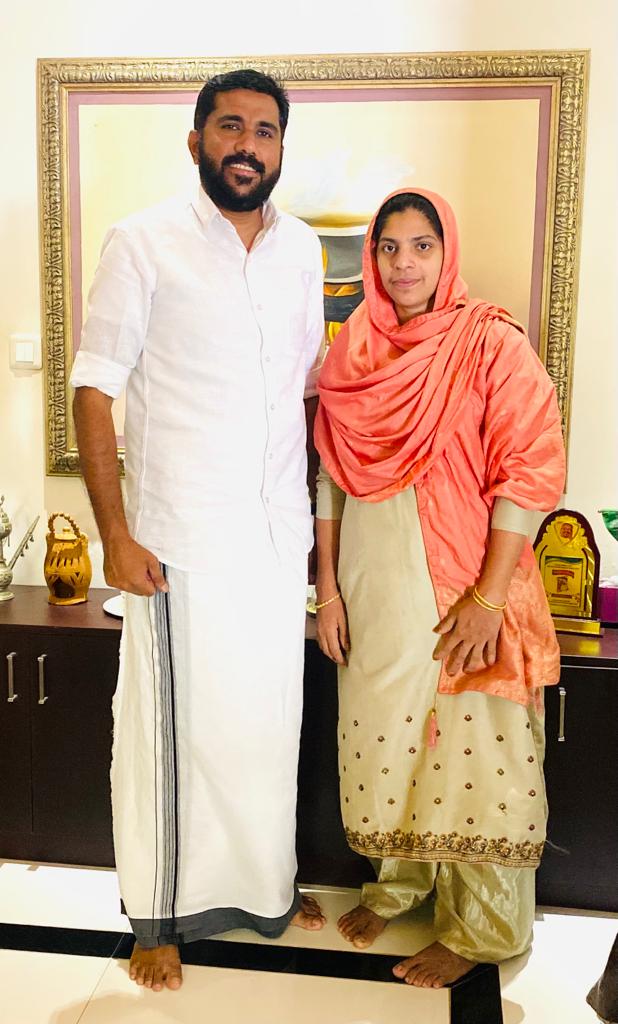
Nasar Thootha with his wife
After working in Saudi Arabia for seven years, he no longer felt like leaving his homeland and chose to settle in his village instead, buying a taxi from his savings and trying to make a difference to the lives of his fellow villagers.
“The Samaritan is also an exemplary goal keeper who shines in all local football tournaments,” signs off Shanu Thootha, his doting brother and interpreter.
- Follow Nasar Thootha on Facebook

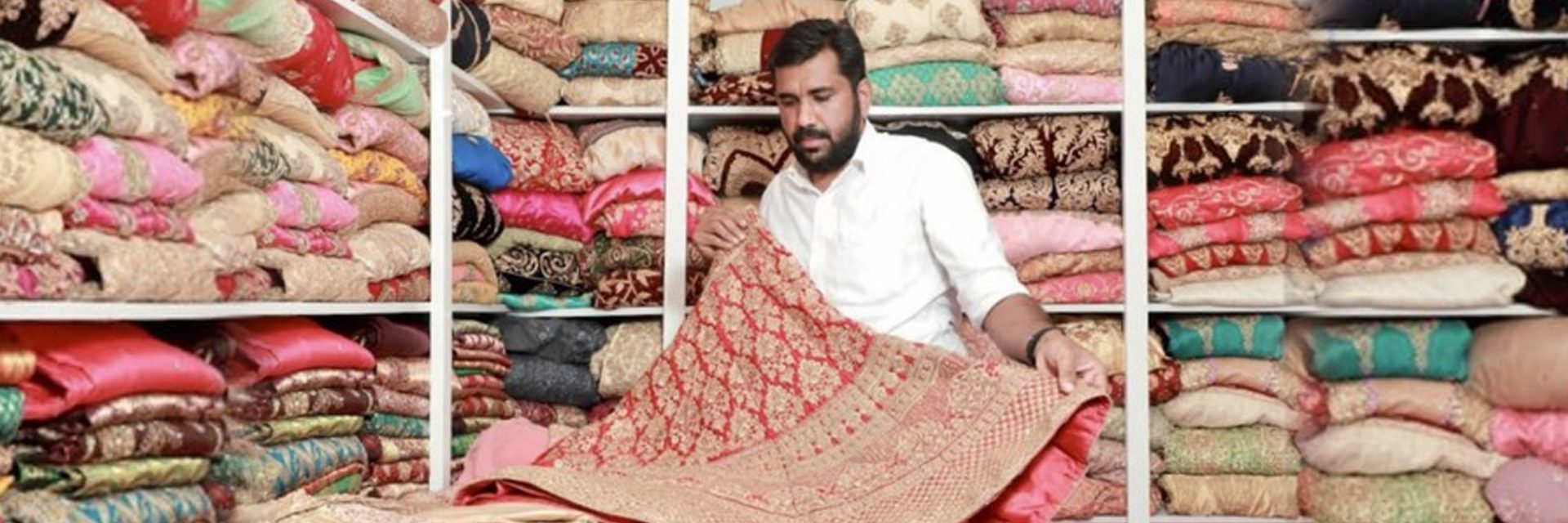
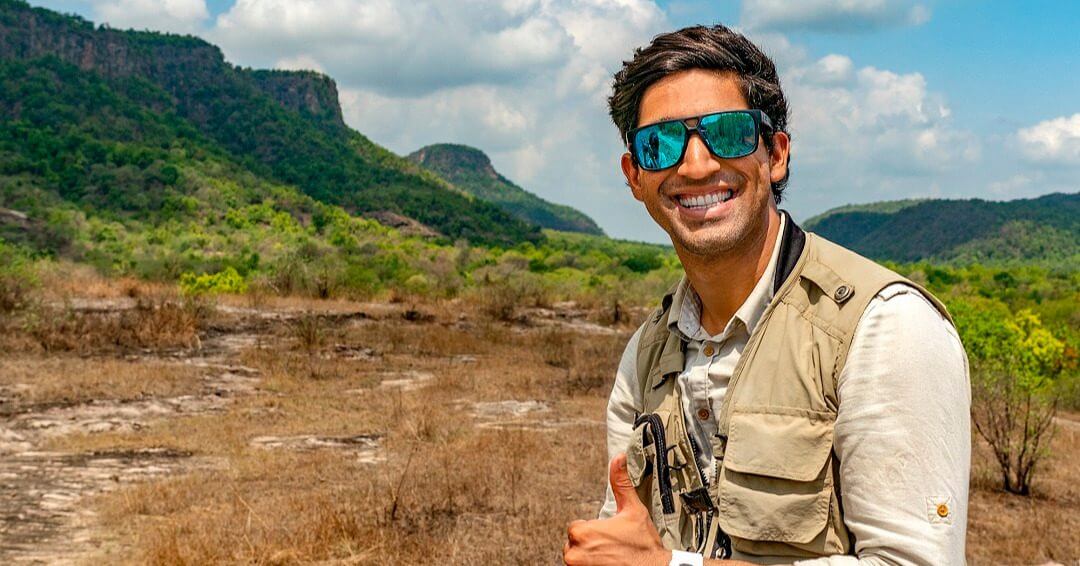
 Suyash Keshari with lions at Bandhavgarh National Park.[/caption]
Suyash Keshari with lions at Bandhavgarh National Park.[/caption]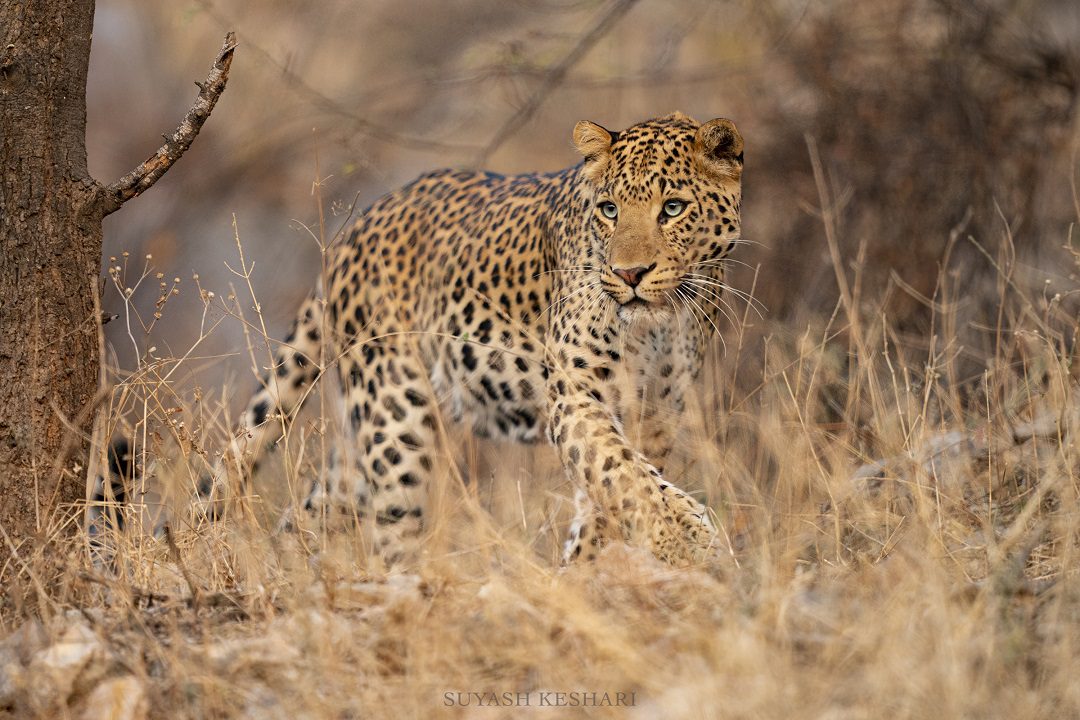 A leopard at Bandhavgarh National Park[/caption]
A leopard at Bandhavgarh National Park[/caption]
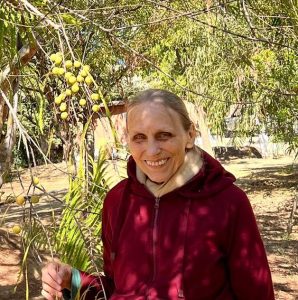 Ayo Oum Shanti[/caption]
Ayo Oum Shanti[/caption] One of the ghats of the Ganges in Varanasi[/caption]
One of the ghats of the Ganges in Varanasi[/caption]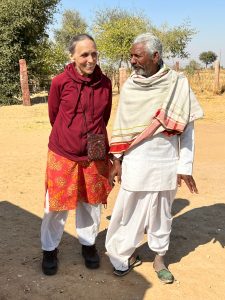 Ayo with a person from rural Rajasthan, India[/caption]
Ayo with a person from rural Rajasthan, India[/caption]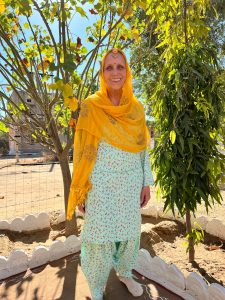 Ayo in Rajasthani attire[/caption]
Ayo in Rajasthani attire[/caption] Ayo in Kochi[/caption]
Ayo in Kochi[/caption]
 Rishi Sunak. Photo credit: Rishi's
Rishi Sunak. Photo credit: Rishi's 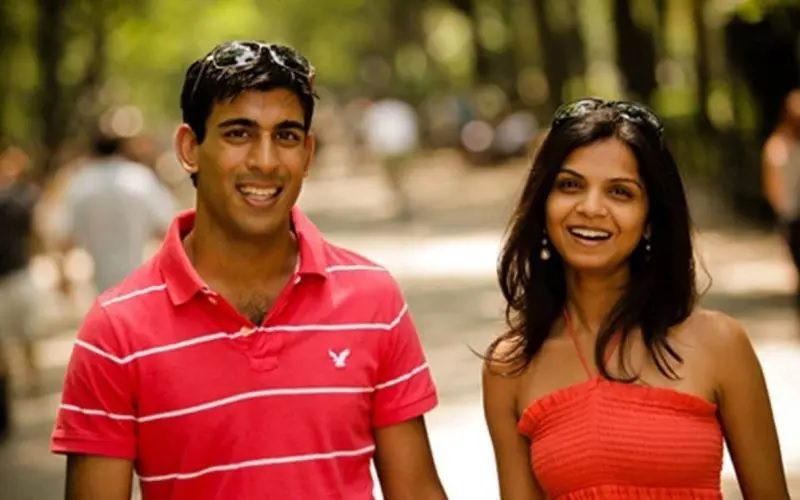 Rishi Sunak with his wife, Akshata Murty[/caption]
Rishi Sunak with his wife, Akshata Murty[/caption]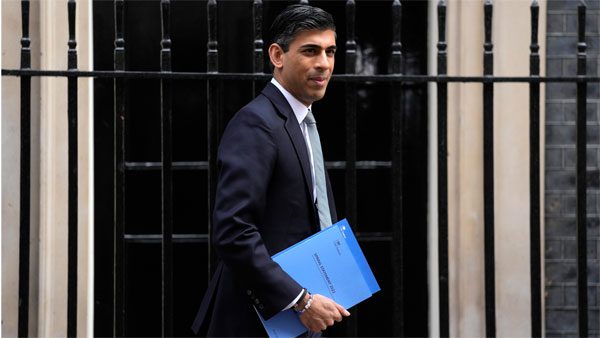

 Angry Flower Child by Santanu Hazarika[/caption]
Angry Flower Child by Santanu Hazarika[/caption]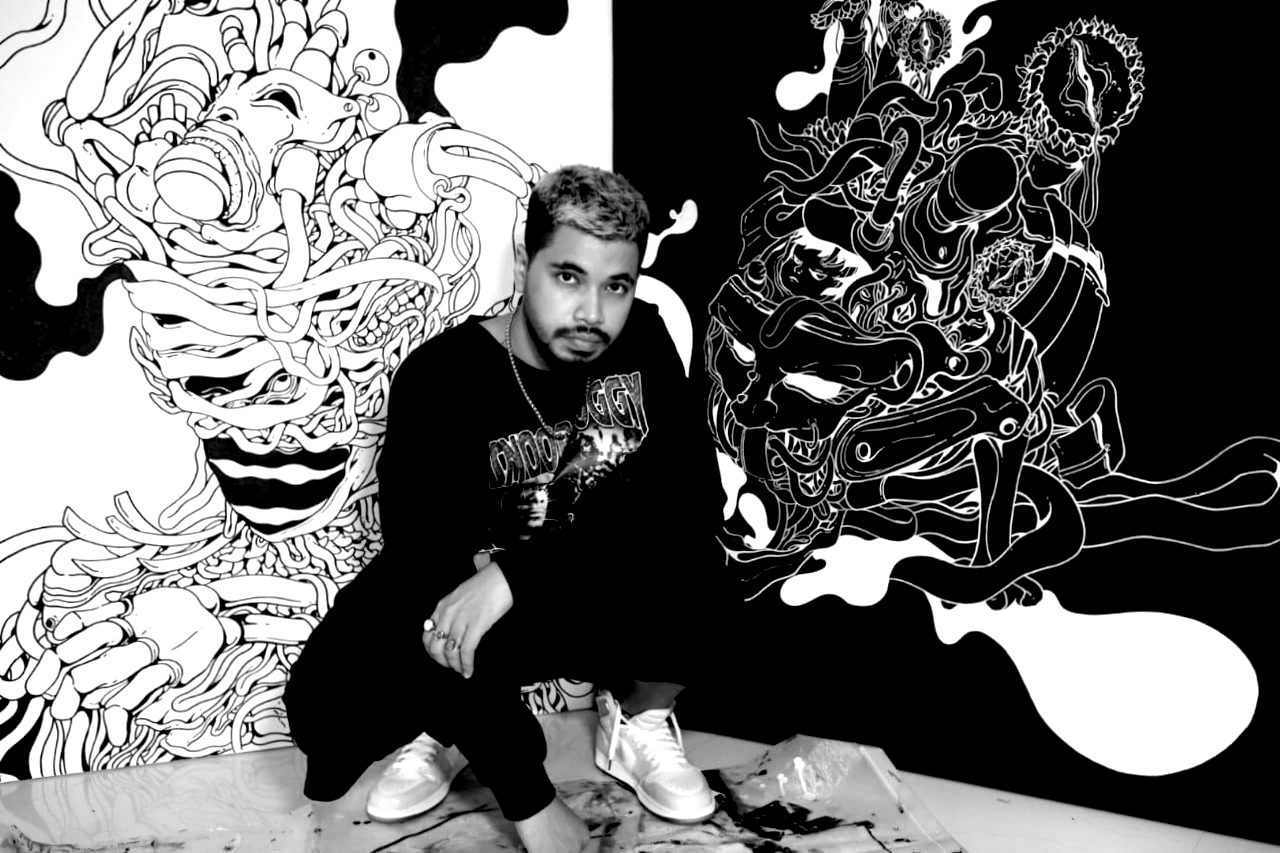 Visual artist Santanu Hazarika[/caption]
Visual artist Santanu Hazarika[/caption] Grin by Santanu Hazarika[/caption]
Grin by Santanu Hazarika[/caption]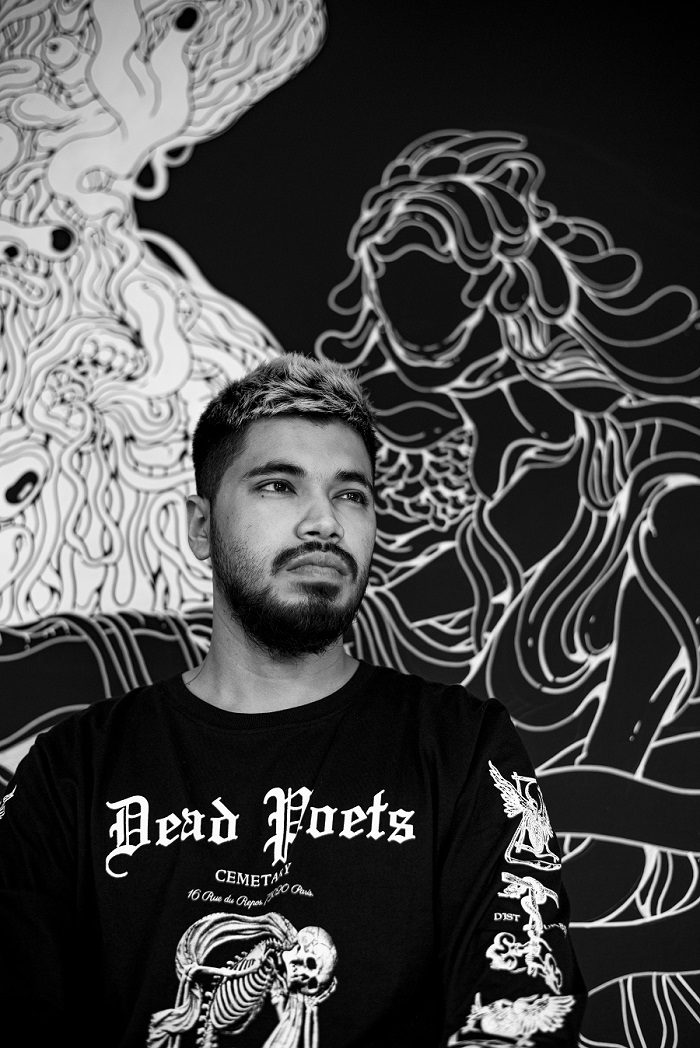 Visual artist Santanu Hazarika[/caption]
Visual artist Santanu Hazarika[/caption]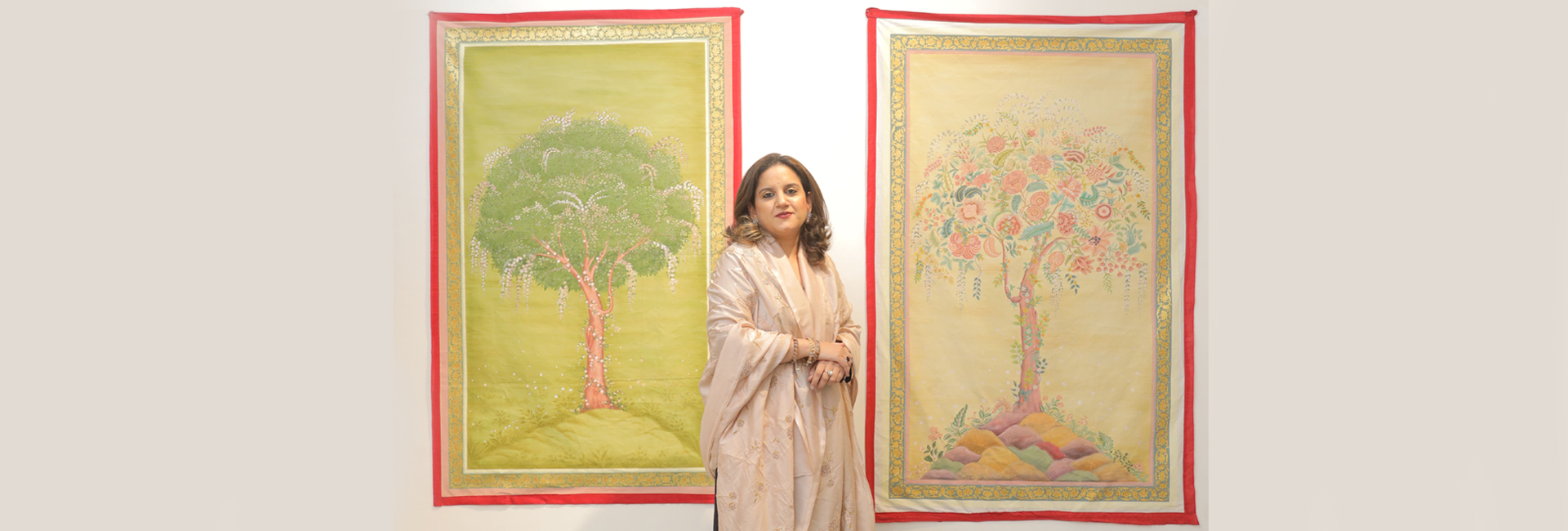
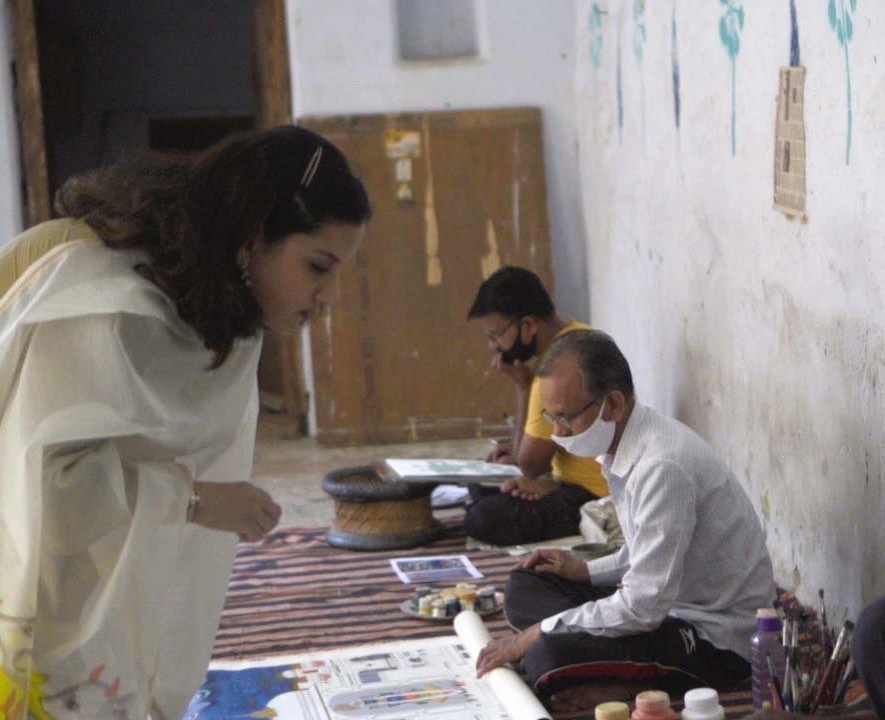
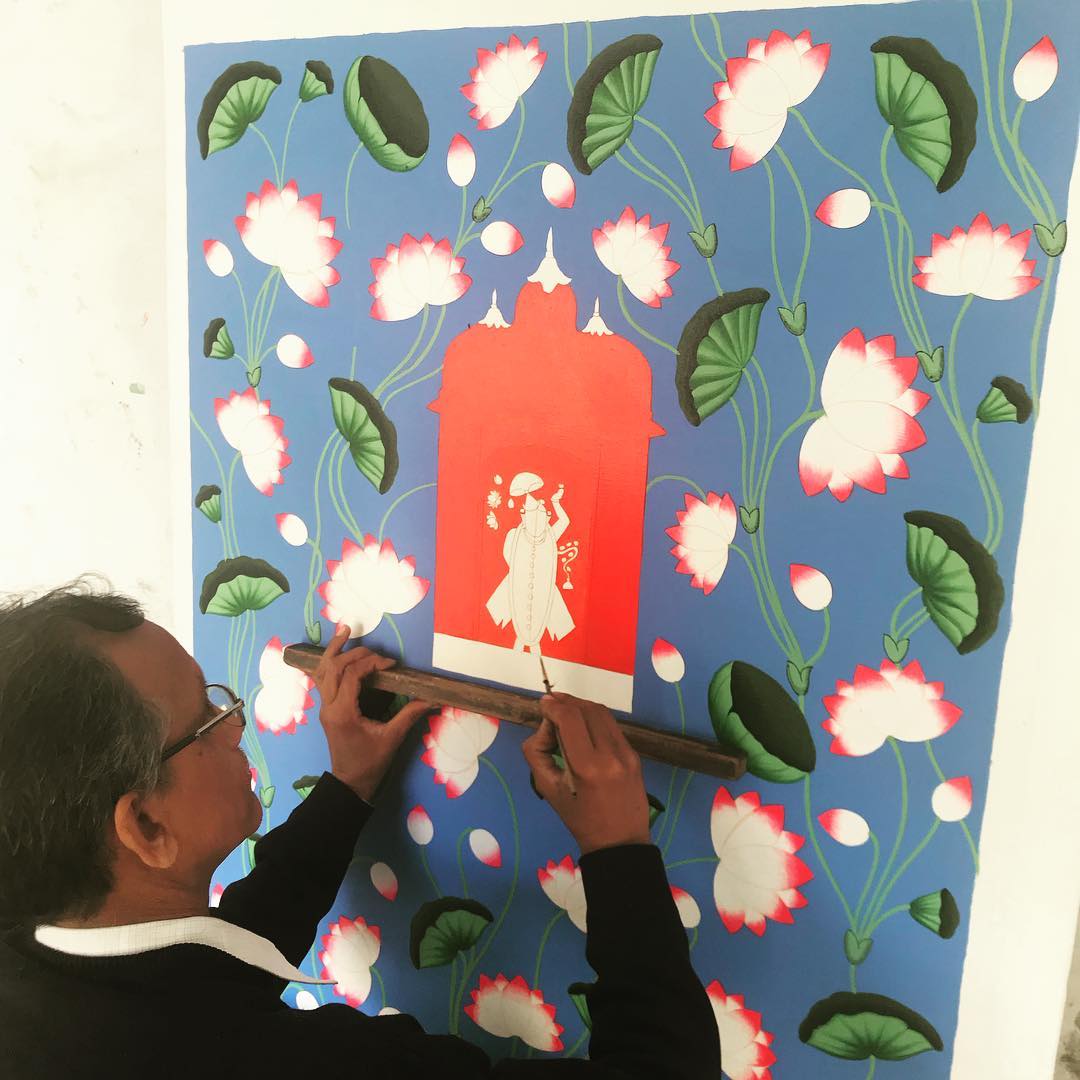 Artisans at Studio Kishangarh use miniature paintings and Picchwai techniques in a modern way[/caption]
Artisans at Studio Kishangarh use miniature paintings and Picchwai techniques in a modern way[/caption]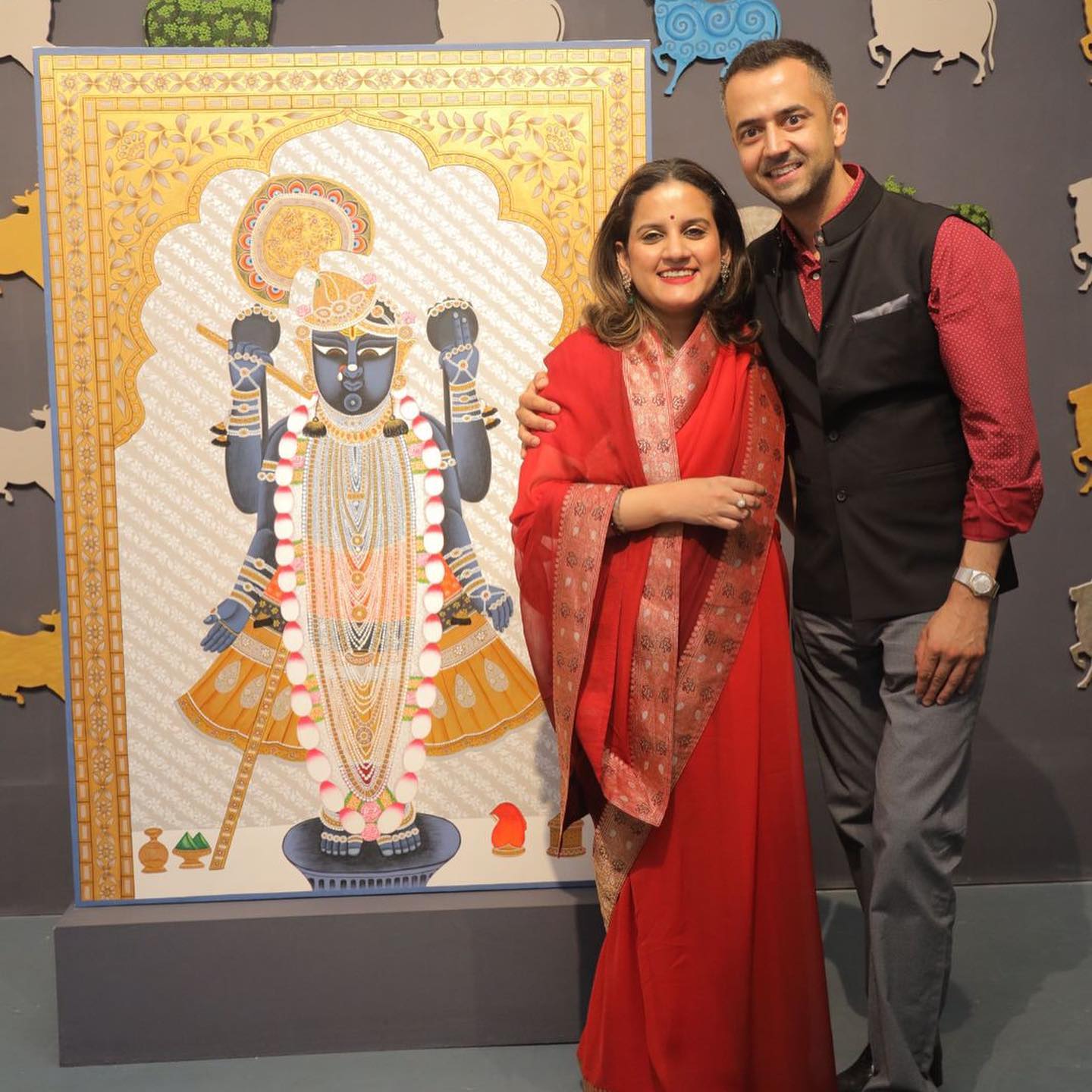 Princess Vaishnavi Kumari of Kishangarh and Kumar Saaheb Padmanabh Jadeja of Gondal[/caption]
Princess Vaishnavi Kumari of Kishangarh and Kumar Saaheb Padmanabh Jadeja of Gondal[/caption]
I want to donate, plz content number.
Hi, we are from South Africa and we would like to donate some bridal outfits (used only once) to your bridal dress bank.
Please email us your full physical address so we can courier these bridal items for the poor Indian brides to use on their wedding day.
Thank you
Sincerely
Yesh and Das
I want to donate my wedding dress kindly provide me the dress where I can courier you my dress i m staying in Belgaum Karnataka
His facebook profile link is there at the end of the feature story. You can approach him there.